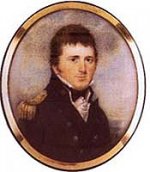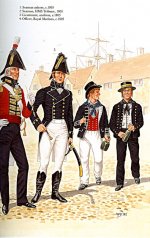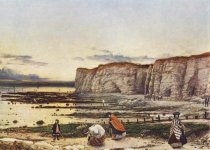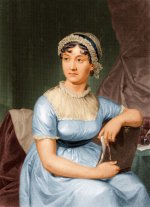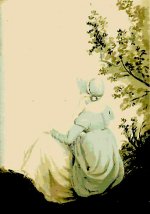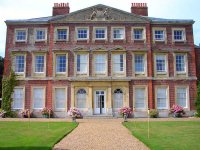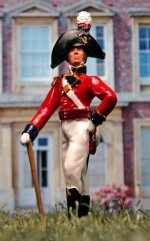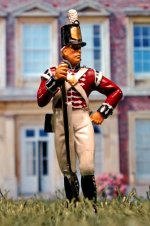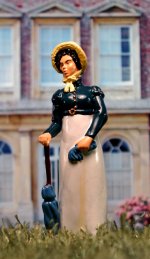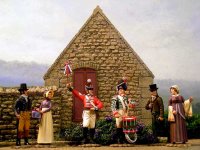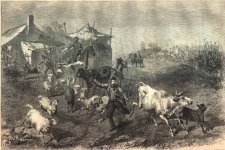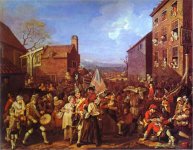PolarBear
Major
- Joined
- Feb 24, 2007
- Messages
- 6,706
Part 1:
In 1803 England declared war against Napoleon’s France. Consequently, there was fear among many in England that Napoleon might invade England. The Royal Navy was assigned the task of establishing a protective and defensive network along the coastline in case a French invasion force should try to attack. The shoreline along the County of Kent, which lay across the channel from the French port of Boulogne, was one such location where these measures were put into effect. Among the naval officers charged with this task was Francis Austen. He organized the fishermen around Pegwell Bay on the Kentish coast into one such observational group. The young naval officer was the brother of Jane Austen, who in 1811 would publish her first novel, Sense and Sensibility.
Illustrations:
Francis Austen
Royal Navy 1805
Pegwell Bay, Kent
In 1803 England declared war against Napoleon’s France. Consequently, there was fear among many in England that Napoleon might invade England. The Royal Navy was assigned the task of establishing a protective and defensive network along the coastline in case a French invasion force should try to attack. The shoreline along the County of Kent, which lay across the channel from the French port of Boulogne, was one such location where these measures were put into effect. Among the naval officers charged with this task was Francis Austen. He organized the fishermen around Pegwell Bay on the Kentish coast into one such observational group. The young naval officer was the brother of Jane Austen, who in 1811 would publish her first novel, Sense and Sensibility.
Illustrations:
Francis Austen
Royal Navy 1805
Pegwell Bay, Kent


